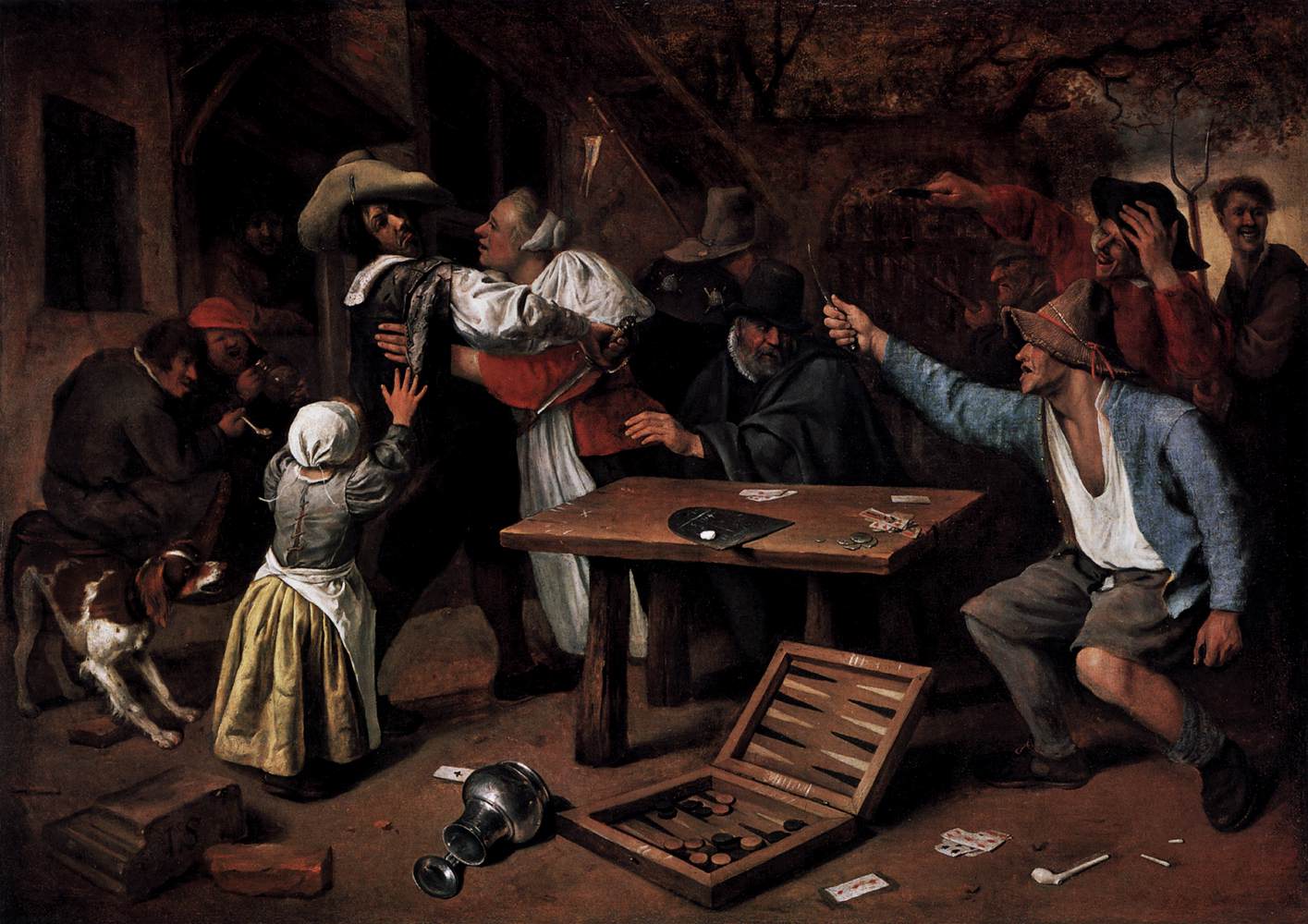Card tables, dice rolls, and the fire in the eyes of risk-takers—scenes of gambling have attracted artists time and time again throughout the centuries. Why do paintings depicting gamblers or moments of victory and defeat never go out of style? What is so appealing to painters about the theme of gambling, and how does the art of a particular era reveal society's attitude toward risk and luck?
Art and gambling: historical and cultural context
Since ancient times, gambling has been not only entertainment, but also a mirror of social interactions. As early as the 15th-16th centuries in Europe, card games became fashionable among different strata of society, and scenes of them found their way into literature and painting. Gambling became a special social phenomenon, bringing people together at the table, where rules and chance determine the fate of each participant.

Painting, capturing scenes from life, reflected the customs of the time. Subjects featuring gamblers allowed artists to speak about human passion, greed, hope for luck, and fear of losing. In such paintings, it is important not only to document the moment, but also to create a metaphor for society, its values, and conflicts.
To understand the characteristics of such works, it is useful to briefly explain the terms:
- Expressionism is an artistic movement in which the expression of emotions, psychological tension, and the subjective view of the author are of paramount importance.
- Baroque — an era of lush, detailed painting with dramatic plots and spectacular play of light and shadow.
- Narrative painting — a genre in which the developing story is important, not just a beautiful image.
The earliest depictions of gambling can be seen, for example, in Italian and Dutch paintings of the 16th century, where card scenes become a reason to reflect on morality and life choices.
Edvard Munch: drama and tension at the roulette table
Edvard Munch was a Norwegian expressionist painter famous for his focus on the inner world of man and powerful emotional expression. His work always gravitated toward the exploration of deep feelings: anxiety, loneliness, passion, and despair. These themes arose from his personal drama, the early loss of loved ones, and long periods of depression.
In the painting “At the Roulette Table in Monte Carlo” (1892, according to the Munch Museum, Oslo), the artist conveys the feverish atmosphere of the casino. Men and women gather around the green table, their faces tense, their gestures concentrated and hopeful. The diagonal line connecting the figure with the notebook and the scarlet roulette wheel creates a sense of movement, of the approach of a fateful outcome. Munch himself depicted himself as the one recording the results, as if observing his own immersion in the world of risk.
The dark, muted colors, the contrast with the bright circle of the wheel, and the tense poses of the characters evoke a sense of anxiety and acute anticipation in the viewer. Art historian Gervart Haus claimed that Munch succeeded in “turning the game into a symbol of the eternal human struggle with fate” (Gerlinde Gruber, Edvard Munch: The Modern Eye, Tate Modern, 2012).
Among Munch's other key works are:
- “The Scream”: the embodiment of existential horror and pain
- “The Dance of Life”: a reflection on time and life cycles
- “The Sick Child”: a personal experience of losing a younger sister, a painful and sincere motif
- “The Vampire”: an interpretation of passion and danger in male-female relationships
- “Starry Night”: an image of loneliness and the beauty of nocturnal reflection
- “Girls on a Bridge”: the lightness and joy of youth, contrasting with darker themes
Munch's personal experience colored each of his works, determining not only the choice of subjects, but also the emotional intensity of the paintings.
How else did artists of past eras embody excitement, risk, hope, and disappointment in their works? The austere and narrative approach of the Baroque era provides a striking contrast to the expressive Munch.
Caravaggio: deception and passion in a card game
Michelangelo Merisi da Caravaggio was a brilliant 17th-century Italian artist, a master of expressive chiaroscuro and tense subjects. His biography is full of scandals, and his creative style is characterized by drama and ruthless honesty.
In the painting “The Cardsharps” (1595, kept at the Kimbell Art Museum, Fort Worth, USA), Caravaggio depicts a card game scene where a young nobleman falls victim to swindlers. One of the card sharps hides the cards behind his back, another gives him signals, and the victim, unaware of the deception, studies his cards. The composition is filled with tension, each glance and gesture of the characters revealing the character and drama of the moment.
The chiaroscuro technique highlights the characters from the darkness, emphasizes emotions, and creates a sense of mounting danger. Caravaggio was one of the first to transfer street reality onto canvas, showing vulnerability and passion for gambling without embellishment. According to art historian Julia Davis, “Caravaggio transforms an ordinary scene into a story of human weaknesses and passions” (Davis J., Caravaggio and His Followers in Rome, Yale Press, 2011).
Other famous works by Caravaggio include:
- The Calling of Saint Matthew: a sharp turn of fate, a moment of choice
- Judith and Holofernes: the drama of decision and the terrifying effect of action
- Supper at Emmaus: revelation through details of communication and light
- Saint John the Baptist: reflection and solitude in the desert
- “Narcissus”: the theme of self-analysis, reflection on one's own essence
The artist's scandalous reputation, frequent conflicts, and even accusations of murder were reflected in his penchant for themes of risk, passion, and transgression.
Why are scenes of gambling and risk so attractive to artists? How do Munch and Caravaggio's interpretations of gambling motifs differ, and how do they relate to the culture of their time?
This material was prepared with the support of the website https://jet-x.com.in/.

